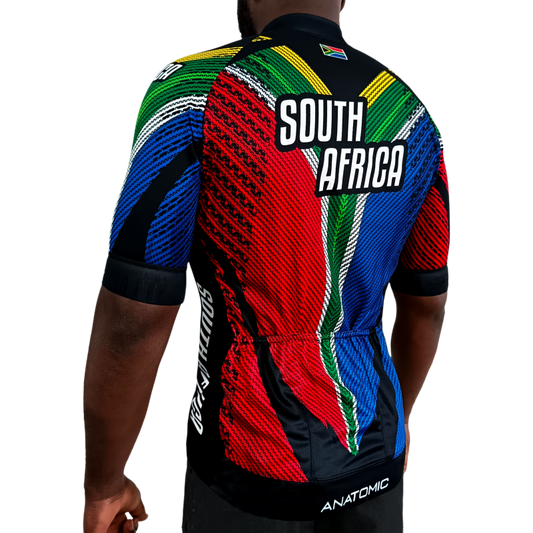Why road cycling in South Africa deserves the full road.
“You wouldn’t ask a swimmer to race in a pool full of boats. So why ask cyclists to race among cars?”
— Anonymous South African coach
Road cycling in South Africa is on a knife’s edge. Not because the riders aren’t strong enough, not because we lack talent, and definitely not because the public doesn’t care — but because the roads themselves are not giving the sport the respect it deserves.
There was a time when many of us believed that integrating cycling events with weekend traffic might foster mutual respect.
Sharing the road? A broken dream
There was a time when many of us believed that integrating cycling events with weekend traffic might foster mutual respect.
But in reality, it hasn’t worked.
Instead of harmony, it’s bred frustration. Motorists, delayed and confused by marshals and cones, become irritated. Cyclists, boxed into narrow shoulders or broken tarmac, feel endangered and disrespected. Nobody walks away happy.
Cycling is not like jogging. It’s not even like mountain biking. It’s a sport of strategy, of pack dynamics, of slicing crosswinds and tactical positioning. A true road race is a fluid organism — the bunch surges, stretches, splits, and reforms. With a sidewind, an echelon might stretch diagonally across the entire road. You simply can’t replicate that in a single-lane or shoulder beside angry traffic.
The case for full road closures
Yes, we are a developing country. Yes, our roads are under pressure. But road closures during a race aren’t about privilege — they are about possibility.
- Safety first: Without full closures, we're gambling with lives.
- Race integrity: No professional race in Europe or anywhere else in the world is held in open traffic.
- Developmental pipeline: Full road races are the only way young riders can learn proper tactics and bunch behaviour.
- Spectator joy: Closed roads allow for exciting, predictable, and safe viewing spots.
Events like the Amashova Classic, the Ride Joburg and the Cape Town Cycle Tour understand this — they have fought hard to create this sacred cycling space. But they can’t do it alone. As participants, fans, and community members, we must advocate for and support these efforts.
Crit culture: A bright light
Of course, not every town has the infrastructure for a massive road closure. That’s why we’ve seen the rise of crits — closed-circuit racing that brings the action up close. Whether it’s the East Side Crits in Joburg or the Killarney Crits in the Western Cape, these are exciting, spectator-friendly races that offer a taste of real road dynamics in a safe, confined space.
But they’re short, intense, and lack the expansive beauty of the open road.
The gravel road opportunity
If South Africa’s tar roads are under siege, maybe we should look to the gravel.
We are a country with miles and miles of quiet, undisturbed rural roads. With the global boom in gravel racing, this could be our untapped goldmine. Not only are these roads away from dangerous traffic, but they offer the kind of rugged, unpredictable terrain that builds toughness and character. Imagine a future where SA produces not just climbers and sprinters — but gravel kings and queens.
“Gravel is where South Africa could lead the world — it’s our chance to build something original, sustainable, and uniquely African.”
— Organiser of the Crater Cruise Gravel Race.
The power lies with us
At the end of the day, it’s the organisers, the volunteers, the municipalities, the sponsors — and yes, the public — who will decide whether road cycling in this country survives or thrives.
Full road closures are not a luxury. They’re a foundation. Without them, our events will lose meaning, our talent will have no platform, and our communities will miss out on something beautiful.
So, when you line up at the Amashova Classic this year, or cheer from the sidelines, remember this: your presence is more than participation. It’s a vote. A statement. A step toward a cycling culture we can be proud of.
The Ride Media crew








